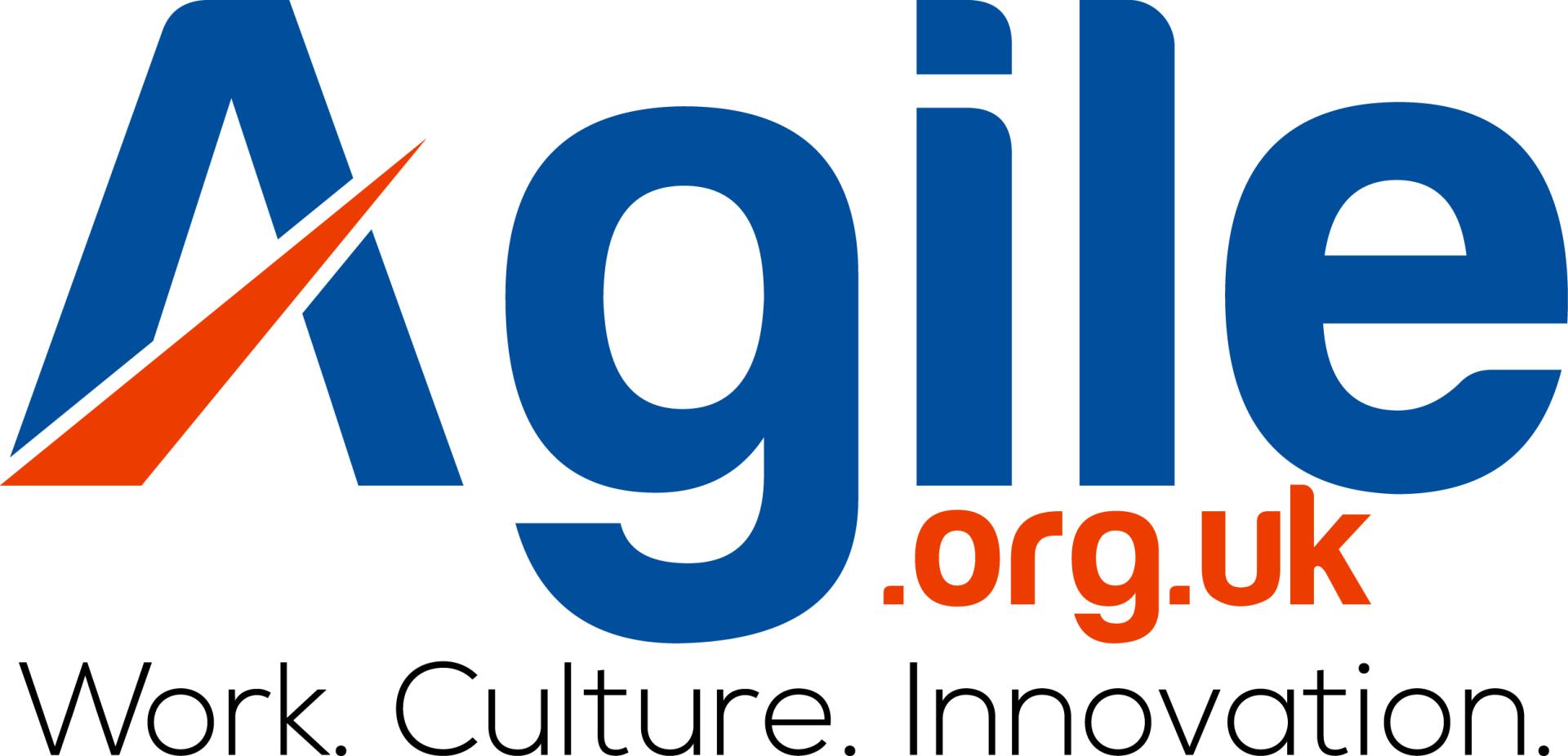Office property is expensive – after people, property is the next biggest balance sheet item. In the current climate it is particularly vital that organisations look to minimise fixed property commitments and maximise their space utilisation. Optimising the use of space will support core business in meeting the simultaneous demand for cutting costs and reducing environmental impacts but it needs to achieve this without reducing (or while also improving) the quality and value of business outputs.
The office is there to support people and work activity. Indeed much has been written about the impact of the workplace on productivity. Optimising space is not about cramming more desks and people into less space if you want to ensure a productive and effective workplace. It is more about understanding the capability and suitability of the space to support levels of occupation density, knowing the workstyles and functions of the people and the work activity to be accommodated.
Clearly different buildings have different capabilities. Physical characteristics such as columns and vertical access impose restrictions, while heating, ventilation, power and other services can impact occupation. From a statutory viewpoint building, planning and fire regulations create boundaries on capacity, as can lease restrictions. In the 21st century Technology infrastructure, service and bandwidth are key components of business operating capability. This is not to say these capabilities cannot be changed, but this may take some significant investment in structure and infrastructure which may itself impact on existing occupation and use.
Similarly all work activity should not be considered the same. Sales teams have different requirements to HR or Planning. Consequently defining and understanding these different work functions is paramount in defining accommodation requirements. This has led organisations to breakdown their workforce into generic workstyles which enable provision and allocation of appropriate tools, work settings and space allocations.
To set a target occupation density for a building or an organisation without first understanding these capabilities and workstyles is risking not only alienating management and workforce but also providing occupation solutions that are sub optimal that could impact adversely on work output and productivity.
Yet this is exactly what some organisations are doing. There seems to be an assumption that there is a “one size fits all” standard agility ratio – desk to people ratio – of about 7 or 8 : 10 that can be introduced or imposed to support a property acquisition or rationalisation business case without understanding how, when or indeed whether the set ratio can be achieved or more importantly bettered.
Many business cases for change and property relocation are based on untested agility ratios for desk sharing. However, if business engagement, workstyle profiling, space utilisation and capability assessments are carried out early in the proposal development process it will provide real information to assess agility ratios which will enable validation or updating of the business case assumptions before commitment and detailed plans are set. Indeed workstyling should be at the heart of any organisations office occupation projects and property strategy.
Property business cases can be developed to deliver new buildings and worksettings to enable agile organisations, but does the case really address the underlying business activity, people and workstyle requirements. Indeed is the workforce capable of taking advantage of this investment. Often the benefits will only accrue as part of an holistic programme based on ICT investment and introduction of agile working . More importantly best outcomes will depend heavily on people engagement, training, process and change management delivered across the Organisation and its supply chains.
Property may be the catalyst and provide the initial impetus, creating financial savings and capital receipts from space reductions but the true benefits of agility to the organisation are in creating a more effective, productive and satisfied workforce which in turn results in better work outcomes. Simply picking an agility ratio that focuses on space savings alone may meet financial cost saving targets but without the understanding the impact on the work activity this may be false economy.
Check out further information and advice on Workstyle Profiling and Property Strategy.
Paul Allsopp, The Agile Organisation.
This post is also published in The Occupiers Journal: http://occupiersjournal.wordpress.com














3 Comments